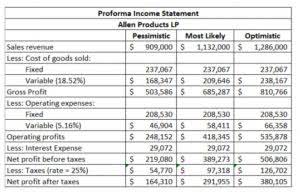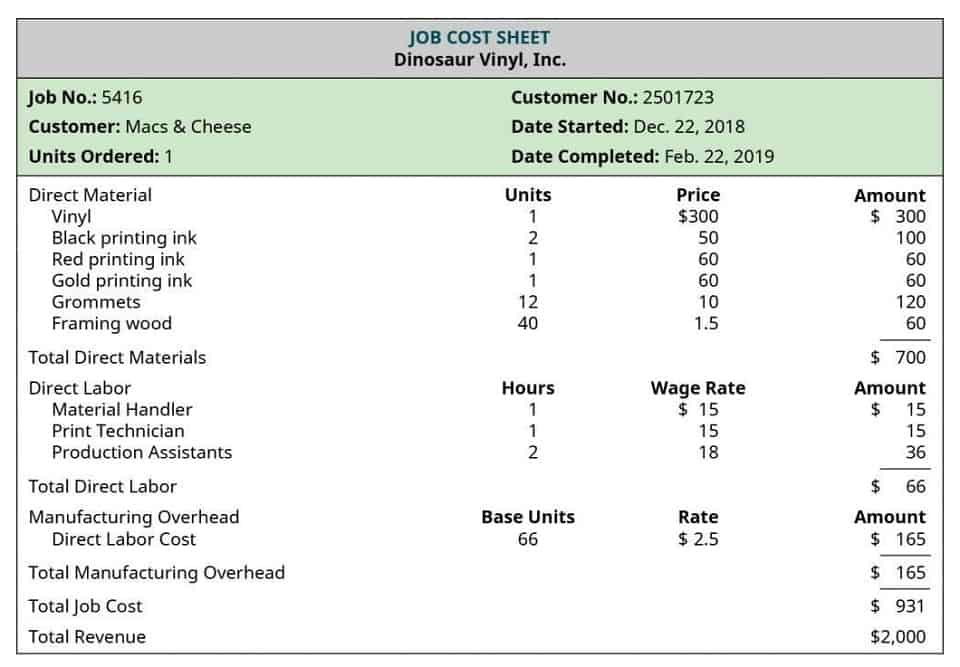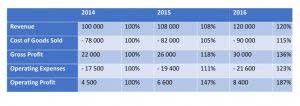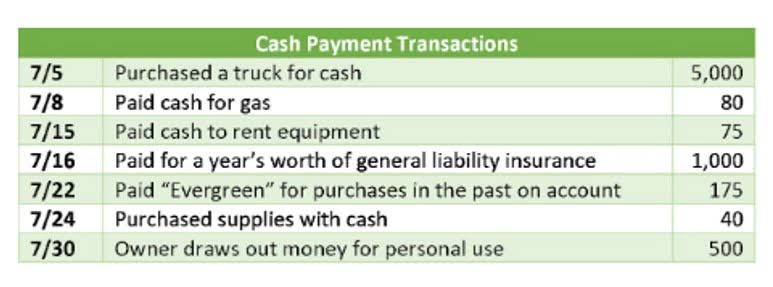The U.S. Internal Revenue Service is a valuable resource for the most up-to-date information on FICA taxes (IRS, 2021). However, it’s important to note that this relief only applies to the employer portion of Social Security taxes and not Medicare taxes or the self-employment tax. Furthermore, no such provision was included for employees to defer their FICA contributions (IRS, 2021). It is important to understand that your FICA contributions are not optional—they are mandatory, as set forth by law. As you contribute throughout your working years, these funds help provide benefits for yourself when you retire or become disabled.
When Did FICA Taxes Start?
In 1965, Medicare was signed into law by President Lyndon B. Johnson, and the payroll tax was extended to fund this new health care program. Since then, FICA has remained a critical part of funding these programs, with the rates and limits being adjusted annually Accounting Periods and Methods based on changes in the National Average Wage Index. Because no tax is owed on wages above the wage base limit amount, the total tax rate declines as wages increase beyond that limit. In other words, for wage levels above the limit, the absolute dollar amount of tax owed remains constant.
- In 2023, the total Social Security tax rate is 12.4%, which is split equally between the employer and the employee, each contributing 6.2% of the employee’s gross income.
- Once you have the numbers together, you will need to submit the form that applies to you, according to Publication 15, with your payment.
- Under SECA, the self-employed pay both the employee and employer portions of the Social Security and Medicare taxes.
- These restrictions were lifted, and although there still are categories of workers who can opt out of paying into FICA, no one is expressly excluded from participation.
- Its purpose was to collect contributions to fund the new Social Security program established by the administration of President Franklin D. Roosevelt in the same year.
- I was born in 1980, so I’m pretty much guaranteed to die before I ever see a penny of Social Security.
Some family employees
- On the Medicare front, the total tax rate is 2.9%, also equally divided at 1.45% each for the employer and the employee.
- Enacted in 1935, FICA requires employees to pay taxes on their wages, and employers contribute matching amounts.
- It’s essential for both employers and employees to stay informed about these changes to accurately calculate withholdings.
- It’s crucial to keep an eye on wage base limits — they are subject to change.
- As of 2023, this rate is 6.2% for Social Security and 1.45% for Medicare from both the employer and the employee, making it a combined contribution rate of 15.3%.
- It also undercuts the “earned benefit” nature of Social Security, even if payroll tax contributions are backfilled with general federal revenues.
- Most businesses can expect to pay FICA taxes to the IRS on a quarterly schedule.
In 1965, the payroll tax to fund health care benefits was added when Medicare was signed into law by President Lyndon B. Johnson. Looking at the line-item deductions on your paycheck, you might have wondered what exactly FICA is, and why it’s taking money out of your earnings. FICA is an acronym for the Federal Insurance Contributions Act, a federal payroll tax law dating back to 1935, the same year the Social Security Act was passed. The employer’s share of FICA taxes is counted as a normal business expense and can be deducted from your gross revenue. The employee cannot deduct the amount they paid for FICA from their taxes because they will receive it as a benefit when they retire.
Do I Have to Pay FICA?
I do not enjoy paying for all the people who don’t feel like working. And I don’t like how the government seems to waste money on useless things. I don’t know of any way to get any type of refund for FICA taxes for a deceased relative. You can get survivor benefits if you are the dependent or spouse of the deceased person.
When Did the IRS Begin Withholding Taxes From Paychecks?
Today, the FICA tax rate is noted on employee paychecks and is matched by the employer’s portion. It has, over time, become an important part of the American social welfare system. Initiated by President Franklin D. Roosevelt in 1935, FICA was designed as a main financial mechanism to fund Social Security benefits. The tax took the weight off the federal government’s shoulders by pulling funds directly from American workers and their employers. Both parts of the FICA tax are mandatory for employees and their employers, creating a system of shared funding for these essential programs.
FAQs: Commonly Asked Questions about FICA and SECA
The requirement to pay FICA taxes stems from the pay-as-you-go nature of the U.S. tax system. This means that taxes, including FICA, are collected from each paycheck as earnings are made. The IRS prefers immediate collection to ensure consistent revenue flow, which is critical for the uninterrupted provision of Social Security and Medicare benefits. In addition to retirement and health care, Social Security benefits can provide some relief for long-term unemployed individuals, offering an extra layer of security when navigating life’s uncertainties.
Apply this percentage to employee gross pay to determine their portion and yours. However, this only applies up to a wage base limit, which was $160,200 in 2023. Earnings above this limit are not subject to the standard Social Security tax rate.
Is Your Payroll Situation Less than Perfect?
Modern bookkeeping services go beyond basic record-keeping, offering CFO-level insights that help businesses improve cash flow, optimize expenses, and make data-driven financial decisions. Strategic bookkeepers provide real-time financial intelligence, track key performance indicators (KPIs), and ensure businesses remain audit-ready and investor-friendly. By leveraging advanced bookkeeping services, businesses can enhance profitability, improve budgeting, and navigate Certified Bookkeeper tax compliance with greater confidence—all without hiring a full-time CFO.
National Committee to Preserve Social Security and Medicare© Copyright 2025
Although the IRS has remedies to help you resolve your employer tax obligations, some unresolved issues can lead to criminal prosecution and up to five years in prison. Why are people raging over the health care issue, when the bill only proposes coverage of 32 million, yet we pay social security and FICA that we (early 20s generation) will never see, and that affects hundreds of millions. An employee of mine is getting temporary state disability permits, and i was told as employer i must deduct fica and fit taxes. However the statement i received from the state (third party) is confusing because it says they are considered the employer. It tells him how much he can afford, to have you in your position, and the business still be a success. Congress passed amendments to the Social Security Act that would consider 50 percent of benefits to be taxable income for beneficiaries who had a total income that exceeded an established limit.






















